Self-Portrait c.1955
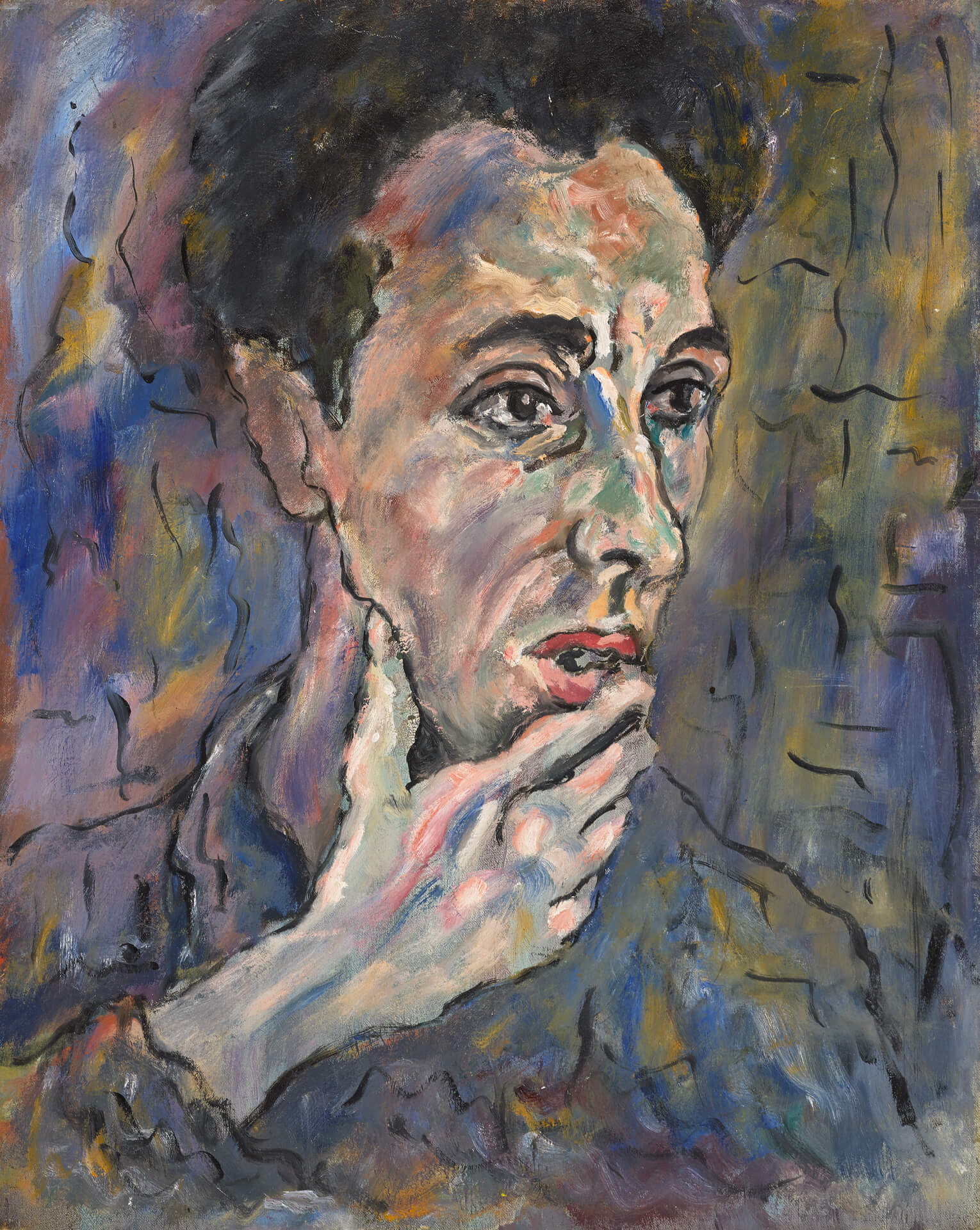
Gershon Iskowitz, Self-Portrait, c.1955
Oil on commercial canvas board, 50.8 x 40.6 cm
National Gallery of Canada, Ottawa
Gershon Iskowitz’s self-portrait, though depicting a pensive pose, exudes a confident self-assurance. It also offers strong evidence of the artist’s painterly ambitions—a bold and graphic rendering with the flesh expressed in strong and “unnatural” blues and greens. The abstract background continues into the shoulders. In contrast, Iskowitz’s earlier portrait paintings have clearly defined backgrounds.
The portrait is inscribed, signed, and dated 1947 on the back of the canvas board in Iskowitz’s writing, but several factors suggest that the painting and the inscription were done not at the Feldafing Displaced Persons Camp but in Canada. Iskowitz did not use block script or formalize the spelling of his last name until the mid-1950s. The inscription is in black felt-tip marker, which was not commercially available until the early 1950s, and the canvas board support conforms to a North American product.
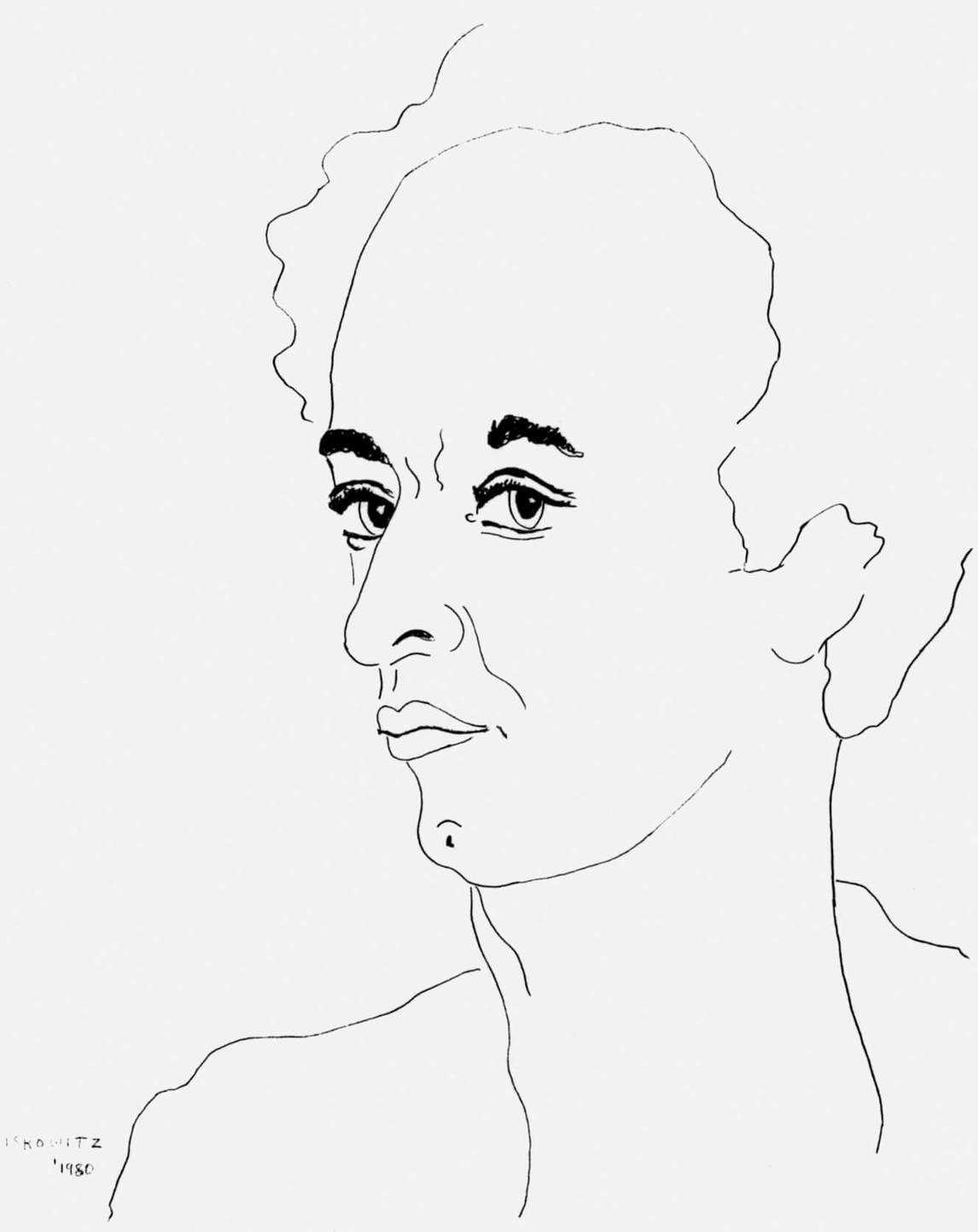
Moreover, the composition and palette are similar to portraits he made of Toronto artist friends Eric Freifeld (1919–1984) and Yehuda Podeswa (1924 or 1926–2012), dated 1954 and 1955, respectively, and bear little resemblance to the three photographic documents of Iskowitz portraits dated 1946—two self-portrait drawings and the painting of Polish Yiddish-language playwright Isaac Leib Peretz (1852–1915), produced while Iskowitz was interned in the Feldafing camp. The Gallery Moos label on the back suggests an inscription no earlier than 1964, when Iskowitz began to be represented by the gallery, and it is possible that it was signed, dated, and framed for the 1982 AGO retrospective, when it first “appeared.”
Another self-portrait, in oil on a pressed cardboard support, has recently come to light in a private collection. It is neither signed nor dated, but the composition and palette are close to a mirror image of this work. Iskowitz’s errant dating suggests he was indifferent to such details: to him, the painting was evidence enough, and he left the history to historians.
Iskowitz produced portraits all through his life, both drawings and paintings. His earliest prewar works were of movie stars drawn from photographs and caricatures of the local townsfolk. After arriving in Canada, he was occasionally commissioned to create portraits, and he also painted his mother, Zisla, based on a family photograph, and a Kielce neighbour, Miriam, c.1951–52, produced from memory. His last self-portrait is a drawing dated 1980, which was reproduced on the back jacket of Adele Freedman’s Gershon Iskowitz: Painter of Light (1982).

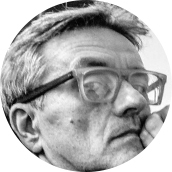 About the Author
About the Author
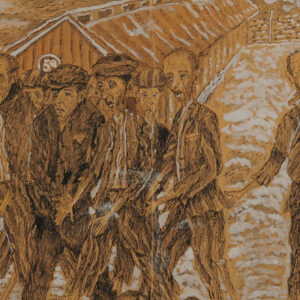 More Online Art Books
More Online Art Books
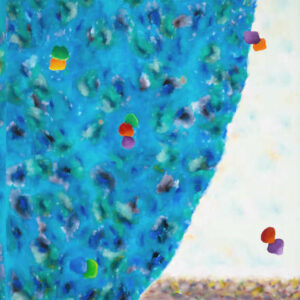 Acknowledgements
Acknowledgements